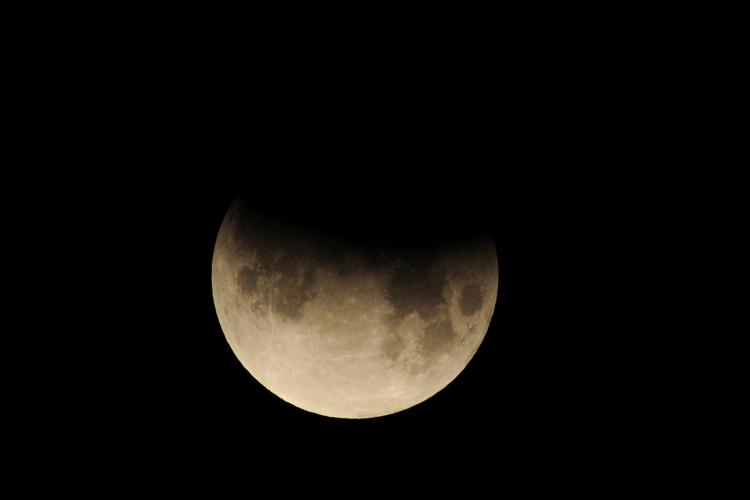The Rockwell girls were raised by their single mother, who always claimed that their father wasn't around because he was a spy. All grown up, Esme's husband just left her and her teenage daughter, Atty, for a French dentist, and since he worked at a private boarding school, Esme loses her faculty apartment and Atty loses her spot at school. Liv just got out of rehab, and decides to find a new husband by browsing the engagement announcements and poaching. Ru ran away to Vietnam in hopes of sparking an idea for her second book after her first book, based on Liv's failed teenage romance, became a huge success. They all converge back home to discover that their father really was a spy, to make him pay reparations for his absence and his secret involvement in their lives, and to learn to be sisters again.
Omnipotent third person narration is used in this story, where the point of view shifts from a close third person narration focusing on Liv to one focusing on Esme to one focusing on Ru to one focusing on Esme again, sometimes in the span of a single page. Now, this is often used sloppily and gives me a sense of confusing vertigo, but here it worked because it emphasized themes and characterization from a fundamental level. The sisters are all self-involved in a "now let's talk about me" kind of way, and the bouncing perspective underscores that, making it feel like they're interrupting one another to refocus the story back on themselves. It also shows how little they know and understand one another. One character will guess at what another is thinking, then the perspective will switch and we'll see that they were completely wrong. It's even more interesting in that this technique fades out when they speak honestly with each other, the narration becoming a more distant third person.
The characters are all a bit bizarre, which in some cases is the only thing that makes them likable. But it does make them likable. And their strangeness and their quirks come from somewhere real, that is to say that given their backgrounds, their eccentricities make sense.
The thing I enjoyed the most was Atty's tweets, which are primarily used as comic relief. But they also show how Atty's on the outside of a lot of the drama and therefore able to have a running commentary.
Teddy quickly turned to Liv. "What are you up to these days?"***
"I'm trying to perfect my Zen." She said it so seriously that Ru laughed, thinking she was going for deadpan.
"What's funny about that?" Liv asked Ru.
"That was the laughter of joy," Ru said quickly.
Liv's eyes flicked around the table, as if she dared anyone else to mock her Zen.
No one did. It was quiet a moment. Atty Instagrammed her plate of food, and as if that were some kind of prayer, they all began to eat.
Next week: The Weight of Feathers, fantasy with rival traveling circus acts, by Anna-Marie McLemore.




